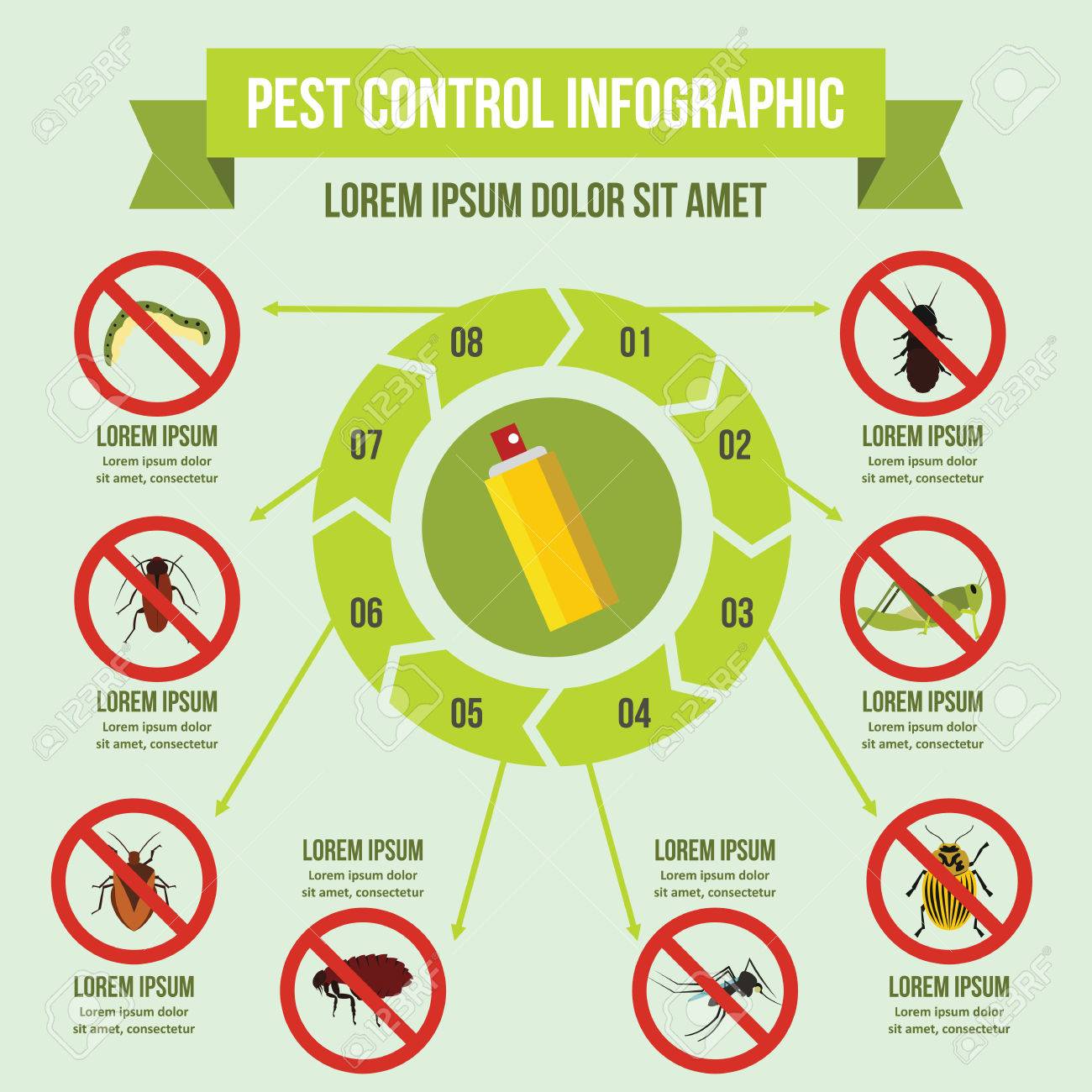Are You Curious About Discovering Means To Outmaneuver Rodents And Guard Your Outside Space?
Are You Curious About Discovering Means To Outmaneuver Rodents And Guard Your Outside Space?
Blog Article
Post By-Horner Parsons
Did you understand that rats can press with openings as little as a quarter? Imagine the implications for your outdoor area. From nibbling on plants to nesting in comfortable edges, these pests can create chaos if provided the opportunity. Yet https://ehrlichraccoonremoval39406.blogsmine.com/32483760/prepare-to-produce-a-safe-haven-for-your-enjoyed-ones-and-the-atmosphere-by-adopting-environmentally-friendly-green-pest-control-approaches not, there are practical strategies you can utilize to keep your backyard rodent-free. By taking straightforward steps to seal access points and preserve a neat environment, you can create a fortress against unwanted furry visitors. So, are you prepared to safeguard your exterior haven from these pesky burglars?
Identify Entrance Information
To effectively rodent-proof your outdoor space, begin by identifying potential entry factors. Evaluate https://how-to-safely-remove-rat27261.blogpixi.com/32285614/exploring-the-trick-wellness-dangers-offered-by-common-family-vermin-from-cockroaches-to-rodents for any kind of voids or openings that rats can utilize to get. Examine areas such as spaces under doors, holes in the walls, or openings around energy penetrations. Keep in mind that mice can squeeze with holes as tiny as a penny, so be detailed in your assessment.
Focus on locations where energies enter your home, such as where pipelines, cords, or wires go into the structure. Seal any kind of gaps around these access factors with products like steel wool or caulk. Additionally, check for any kind of fractures in the structure or voids in the exterior siding that could function as entrance factors for rats.
Pay close attention to areas where plant life fulfills your home, as thick plants can give concealing places and very easy access for rodents. Trim back any kind of overhanging branches or shrubs that could be used as bridges to your home. By identifying and sealing these access factors, you can significantly reduce the possibilities of rats invading your outdoor space.
Implement Exclusion Actions
Inspecting and securing entry points is the primary step in rodent-proofing your outdoor room; currently you'll take action by implementing exemption actions.
Begin by installing door brushes up on all outside doors to stop rats from pressing via spaces. Seal splits and holes with weather-resistant sealant, focusing on locations where energy pipelines enter your home.
Usage cord mesh to cover vents and chimneys, ensuring they're safely attached. Cut tree branches and plant life away from your home to eliminate potential bridges for rats to access your roofing system.
Furthermore, think about installing metal blinking around the base of your home to prevent burrowing. Store fire wood at least 18 inches off the ground and away from your house.
Keep rubbish in tightly secured containers, and promptly clean up any type of splashed birdseed or animal food. By implementing these exclusion measures, you can significantly minimize the possibility of rodents attacking your outdoor room.
Maintain Cleanliness and Trimmed Landscape Design
Guarantee your outside room continues to be neat and your landscape design is routinely cut to discourage rodents from locating harborage or food sources. Keeping your lawn clean is vital to reducing destinations for rodents. Get rid of any particles, clutter, or extra items that might act as hiding areas for these insects. Rats are attracted to areas with very easy accessibility to food and shelter, so by keeping tidiness, you make your residential or commercial property much less attractive to them.
On a regular basis cutting your landscape design is likewise critical in rodent-proofing your outside area. Overgrown vegetation supplies rodents with sufficient hiding places and potential nesting sites. By maintaining your lawn cut, bushes cut, and trees trimmed, you get rid of possible environments for rodents. Furthermore, trimmed landscaping makes it harder for rodents to access your home as they prefer areas with enough insurance coverage for protection.
Final thought
To conclude, by taking the time to rodent-proof your outside space, you can guarantee a pest-free lawn for several years to come. Remember to on relevant web site for entry factors, apply exemption actions, and maintain your lawn tidy and well-kept.
With these straightforward strategies in position, you can delight in a serene and rodent-free outside environment. So, don't postpone - start rodent-proofing today and say goodbye to undesirable animals in your yard!
